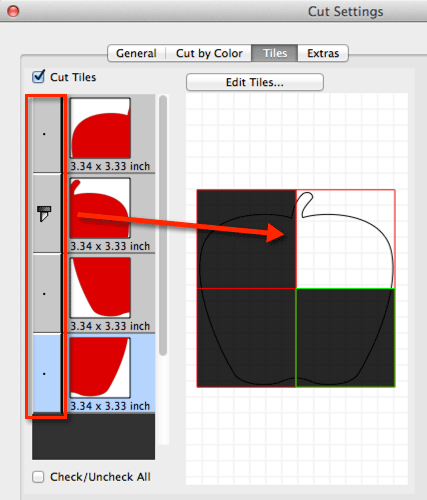

The files were transferred as left/ right image sequences to RealImage for Digital Cinema Print encoding. Minor stereo alignment errors, vertical misalignment on lens, shading of images and anomalous objects in individual shots were removed by Jainul’s team.Į.

The dpx files transferred to Navodaya, Chennai where computer systems split the combined frame, as said before, in a process-assembly of ‘Action Set’ on Photoshop. After the above restoration, the files transferred back to Gemini where DI Color Correction was done - shot by shot.ĭ. The process involved 200 digital artists about 45 days to touch-up - frame by frame - remove specs, scratches and blemishes, on the negative.Ĭ. The scanned files transferred to PIXION, Chennai for Image Restoration. The Film to Digital work flow is given below. This is because, during the contact printing to make the 'master positive', there would have occurred a minuscule shift in the image centring of the pair of images with respect to the perforations. In fact, the scanner calibration for Kodak 5248 100T (camera negative) was different from Kodak 5248 color reversal film (internegative) stock. This would be the same as setting up an (Oxberry) Animation Film Printer during the good old days. A different negative, then the values need to be re-calculated. These sets of values - scanner frame setting, number of lines scanned and the split point on the Photoshop application - are unique for a 3D film negative. This was possible only because Stereovision dual-image is composed symmetric with respect to four perforations of the 35mm negative. The scan parameters were calculated and programmed on the Gemini ARRI Film Scanner by Jainul Abdeen - Navodaya stereographer, such that when an image was split into two halves, they matched exactly in vertical alignment. With Action-set on Photoshop application at Navodaya, Chennai.

Shown above is a schematic representation of how pairs of Stereovision left/right images - a total of 145200 frames, of film Chotta Chetan were scanned at 4K at Gemini Lab, Chennai (resolution 4096 x 3112)Įach image was split into halves (4096 x 1556) With such a visual reference for every shot, the stereographer would be able to convince the director and the cinematographer about his calculations of positioning things in 3D space. (refer schematic diagram above).įor actual theater simulation, this requires the setting up of a mobile dark cabin on a trailor, which also house your media storage devices. It is also possible to monitor 3D on location with 3D-Ready TVs and compatible glasses.
#Tiling an image with sure cuts a lot 3 pro professional#
The advantage of this ‘dual stream digital imaging’ as against the ‘single filmstrip format’ we used for Kuttichathan (1984) and Magic Magic (2003), is the possibility to use any professional film lens (in matched pairs) of different focal lengths.Īnother advantage is the variable interocular, which gives better control on 3D (such as the possibility of extreme close-ups and the use of miniatures – which are not possible with a single lens 3D. This requires two cameras to be mounted on a beamsplitter 3D Rig − the same as of those dual film cameras in the 1950s.


 0 kommentar(er)
0 kommentar(er)
